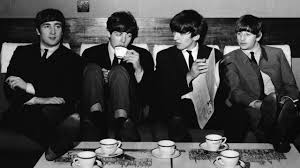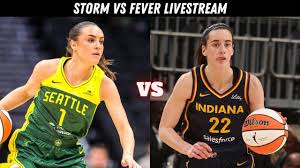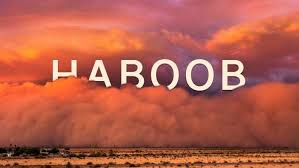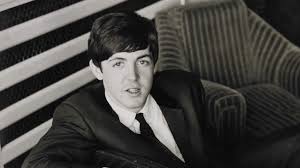
Introduction
In the early 1960s, four young men from Liverpool changed the face of music—and fashion—forever. While their revolutionary sound defined a generation, their look also sparked global trends. Among these, the hairstyle made popular by the Beatles, known as the mop-top, became one of the most recognizable symbols of the British Invasion.
But what made this hairstyle more than just a cut? Why does it still echo in cultural discussions today, from crossword puzzles like “directors words at the end of a take nyt” to people searching for nyt mini answers? To understand, we need to explore its history, meaning, and how it still finds relevance in pop culture.
1. The Mop-Top: The Hairstyle Made Popular by the Beatles
1.1 Origins of the Look
Before The Beatles adopted it, the mop-top was not widely recognized. Inspired by European art students and German fashion during their Hamburg days, John Lennon and Paul McCartney first brought the style home. Soon after, George Harrison and Ringo Starr followed suit.
The haircut was simple: long bangs brushed forward, evenly cut around the head, slightly covering the ears. This hairstyle made popular by the Beatles broke with the crew cuts of the 1950s, shocking conservative audiences while appealing to rebellious youth.
1.2 Cultural Impact
By the mid-1960s, young men around the world wanted the same style. Barbers who once specialized in flat tops and slicked-back pompadours now found themselves trimming mop-tops. The style became shorthand for youth rebellion, rock ’n’ roll freedom, and modern identity.
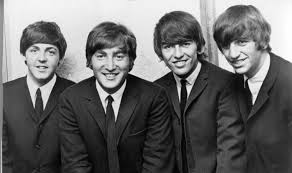
2. Directors’ Words at the End of a Take: “Cut”
Interestingly, while talking about styles and trends, one can’t help but notice how certain phrases transcend industries. For example, the phrase “directors words at the end of a take” is most often “Cut.”
The Beatles themselves spent countless hours in film studios, from A Hard Day’s Night to Help!—movies that cemented both their music and their visual style. Each scene closed with the familiar directors words at the end of a take, reinforcing the blend of music, cinema, and fashion that made The Beatles cultural juggernauts.
3. “Directors Words at the End of a Take NYT” and Pop Culture Connections
Crossword puzzles like those in The New York Times often reference timeless pop culture. Clues such as “directors words at the end of a take nyt” might point to film terms like “Cut,” “Print,” or “That’s a wrap.” Similarly, clues about a hairstyle made popular by the Beatles often appear in puzzles, pointing to “Mop-top.”
These intersections show how the Beatles’ legacy transcends music and even haircuts. They have become part of our shared cultural vocabulary—so universal that crossword enthusiasts searching for nyt mini answers encounter them regularly.
4. NYT Mini Answers: Why The Beatles Keep Showing Up
The New York Times Mini Crossword is known for weaving pop culture into its clues. Fans often search for nyt mini answers related to entertainment, fashion, and historical figures. The Beatles are frequent subjects, whether it’s referencing a song, an album, or the hairstyle made popular by the Beatles.
Why? Because The Beatles represent cultural literacy. Knowing their haircuts, lyrics, or films is almost a requirement for participating in trivia, quizzes, or crosswords. The fact that people search both for “directors words at the end of a take nyt” and Beatles haircuts underlines their lasting relevance.
5. The Lasting Legacy of the Beatles’ Hairstyle
5.1 Revival in Fashion
Over the decades, the mop-top has resurfaced in various forms. From Britpop bands of the 1990s like Oasis to modern indie rockers, the hairstyle made popular by the Beatles continues to inspire.
5.2 Symbolism Today
The mop-top remains a symbol of youthful rebellion, creativity, and cultural change. It’s not just a haircut—it’s a reminder of how style and music can unite a generation.
Conclusion
The hairstyle made popular by the Beatles was more than a fashion statement; it was a cultural revolution. Just as film directors bring closure to a scene with the familiar directors words at the end of a take, the Beatles closed the door on one cultural era and opened another—ushering in a new wave of style, music, and self-expression.
